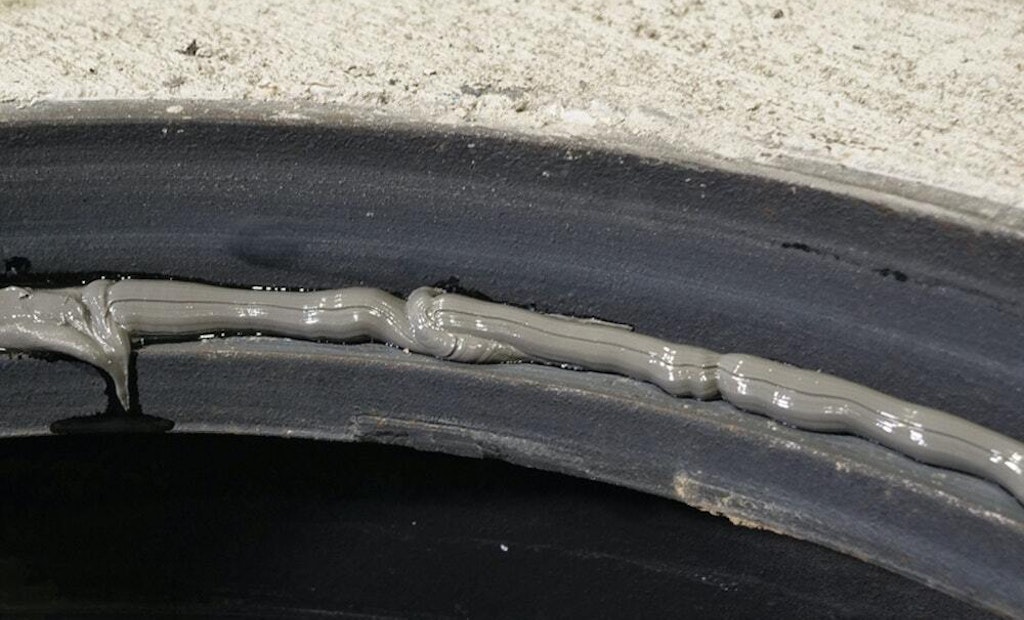
Truckee Sanitary District has a standard operating procedure in which any manhole that is removed has a bead of Hercules Shutout applied to the lip before the cover is replaced. This small effort has already sealed a third of the system’s manholes from infiltration.
Living in paradise is demanding for anyone charged with keeping it unpolluted. That’s the responsibility given to Blake Tresan, general manager and chief engineer of the Truckee (California) Sanitary District.
Truckee is located next to a river of the same name, which flows...





